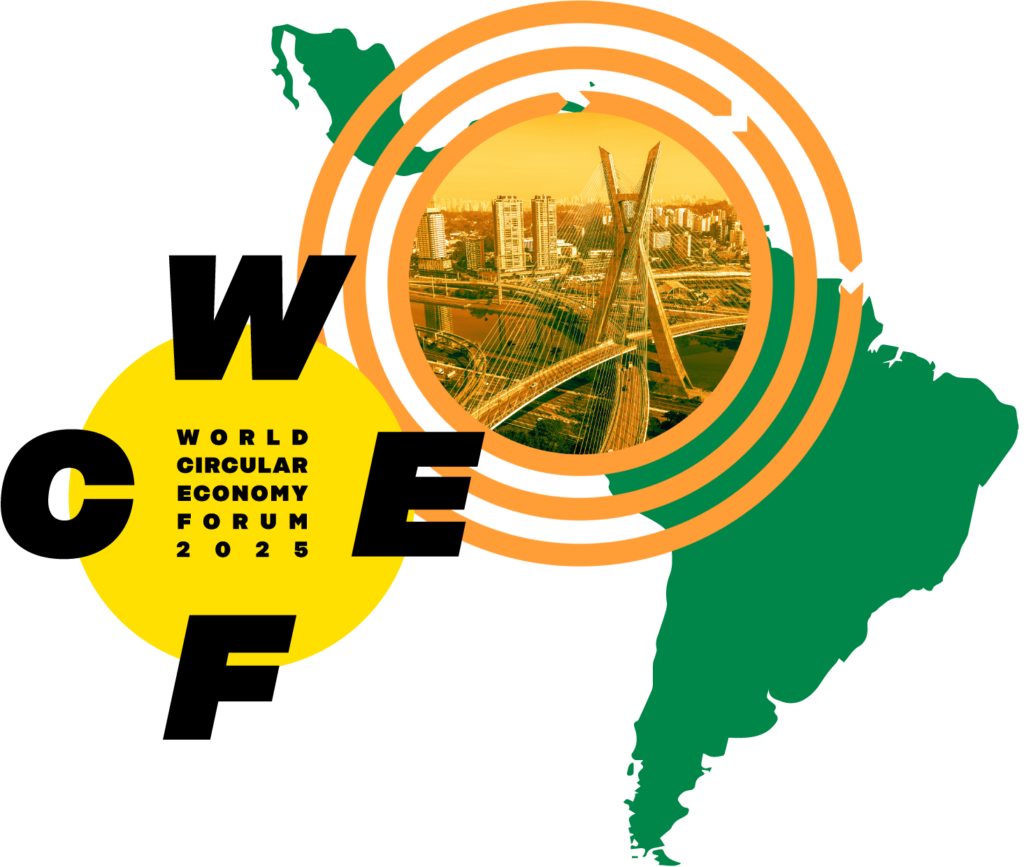Circular Economy Explained: How It Benefits You
Circular Economy Gains Momentum Worldwide
The circular economy is making headlines as global leaders push for sustainable solutions to tackle waste and resource scarcity. In May 2025, the World Circular Economy Forum in São Paulo, Brazil, highlighted innovative strategies to reduce waste and promote recycling.

Events like these show how governments, businesses, and communities are supporting this model to address climate change, pollution, and biodiversity loss.
A recent report from Circle Economy revealed that global recycling rates dropped for the eighth year in a row, shows the urgent need for circular solutions.
What Is the Circular Economy?
The circular economy is a system designed to eliminate waste and keep resources in use for as long as possible. Unlike the traditional “take, make, dispose” linear model, it focuses on reusing, repairing, and recycling products. It aims to create a closed loop where materials are continuously repurposed.
For example, instead of throwing away a broken phone, it’s repaired or its parts are reused to make new devices. This approach reduces the need for new resources and minimizes environmental harm. It’s a shift from a throwaway culture to one that values sustainability.
Why It Matters
The planet faces serious challenges: climate change, overflowing landfills, and shrinking natural resources. The linear economy fuels these problems by encouraging overconsumption and waste.
A circular economy tackles these issues by cutting waste and reducing the demand for virgin materials. It helps fight the “triple planetary crisis” of pollution, biodiversity loss, and climate change.
For instance, only 7% of materials are reused globally, leading to massive waste buildup. Adopting circular practices can create a more resilient economy and protect the environment for future generations.
How It Benefits You and the Planet
The circular economy offers clear benefits. For individuals, it can lower costs through repair and resale markets, making products like clothes or electronics more affordable. Businesses gain from reduced production costs and new revenue streams, like recycling programs.
For the planet, it cuts pollution, conserves resources, and reduces landfill waste. In India, experts estimate a circular economy could unlock ₹3.5 trillion annually by 2030. It also creates jobs in repair, recycling, and sustainable design. Sustainable bank branches, for example, save energy and operational costs while improving customer experience.
Real Examples in Action
The circular economy is already transforming industries and communities. In Hyderabad, India, advanced waste management systems recycle 62 million tonnes of municipal waste yearly, setting a national example. In Pakistan, the used textile trade supports livelihoods while reducing fashion waste, with plans for a National Circular Economy Policy.
China’s circular economy efforts include a Suzhou industrial park that processes 500 tonnes of kitchen waste daily into useful products. In Bengaluru, eight ventures received $18,000 each to develop waste-prevention solutions.
Lenovo’s TruScale program promotes device reuse in the IT sector, targeting 800 million pounds of recycled products by 2026. These examples show how circular practices create economic and environmental wins.
The push for a circular economy is gaining traction as a practical solution to global challenges. By rethinking how we produce and consume, it offers a path to sustainability that benefits both people and the planet.
From reducing waste in cities to creating jobs and saving resources, the circular economy is proving it’s more than just a theory it’s a movement reshaping our world.

